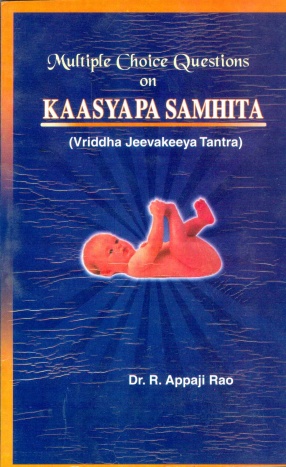The Evolution of the Rigvedic Pantheon
Synopsis
The book entitled The Evolution of the Rigvedic Pantheon based on the adoration of the Sun and the Moon which has been almost universal in all ancient religions. The Sun has been the favorite deity of those who lived in cold climates, as the Sun’s rays give comfortable warmth to them, and foster vegetable and animal growths. And the Moon is their object of adoration, for the cool and soothing moon-shine they can activate themselves in their useful occupations, and the Moon is supposed to be favorable to vegetation. Among the Aryus we have both the Surya and Chandra Vansis; The lkshavakus or the Solar Race ruled from the Caspian Sea to the Gangetic Valley. The Aila Pururavas of the Lunar Race, that is, the famous Pancha Janah or the five tribes, came through Beluchinstan, entered Sindhu by Gomal Pass or by the Sea. To the desert people, the fierce blazing and blistering Sun is terrible. During day time they repose in underground caves or under shady trees. Only after the nightfall with the refreshing moon-light, they stir out and gather together for social concourse, or for making raids and forays against their enemies. Naturally the Moon becomes the object of worship of the desert peoples The Ailas, or the Bharata tribes as they were wrongly called in latter times, occupied the fertile Ganga-Yamuna Doab, and pushed the Aikhsvakus to the North-Eastern territory of Kosala, Vaisali and Mithila, where only they could retain their domination upto the rise of the Maurya Empire. From the central position of Pratistanapur (Allahabad), the Bharatas pushed their way in all directions. The Kanyakubja dynasty was established by amavasu, the Punjab by Usinara, Gandhara by Druhus, Pravasha by Haihayas and Yadavas, Kasi by Kshatravriddha and Anga by the Anavas.
Read more
30.60
27.54
$
34.00 $
Free delivery Wolrdwidе in 10-18 days
Ships in 1-2 days from New Delhi
Membership for 1 Year $35.00
Get it now and save 10%
Get it now and save 10%
BECOME A MEMBER
Books by the same author








Bibliographic information